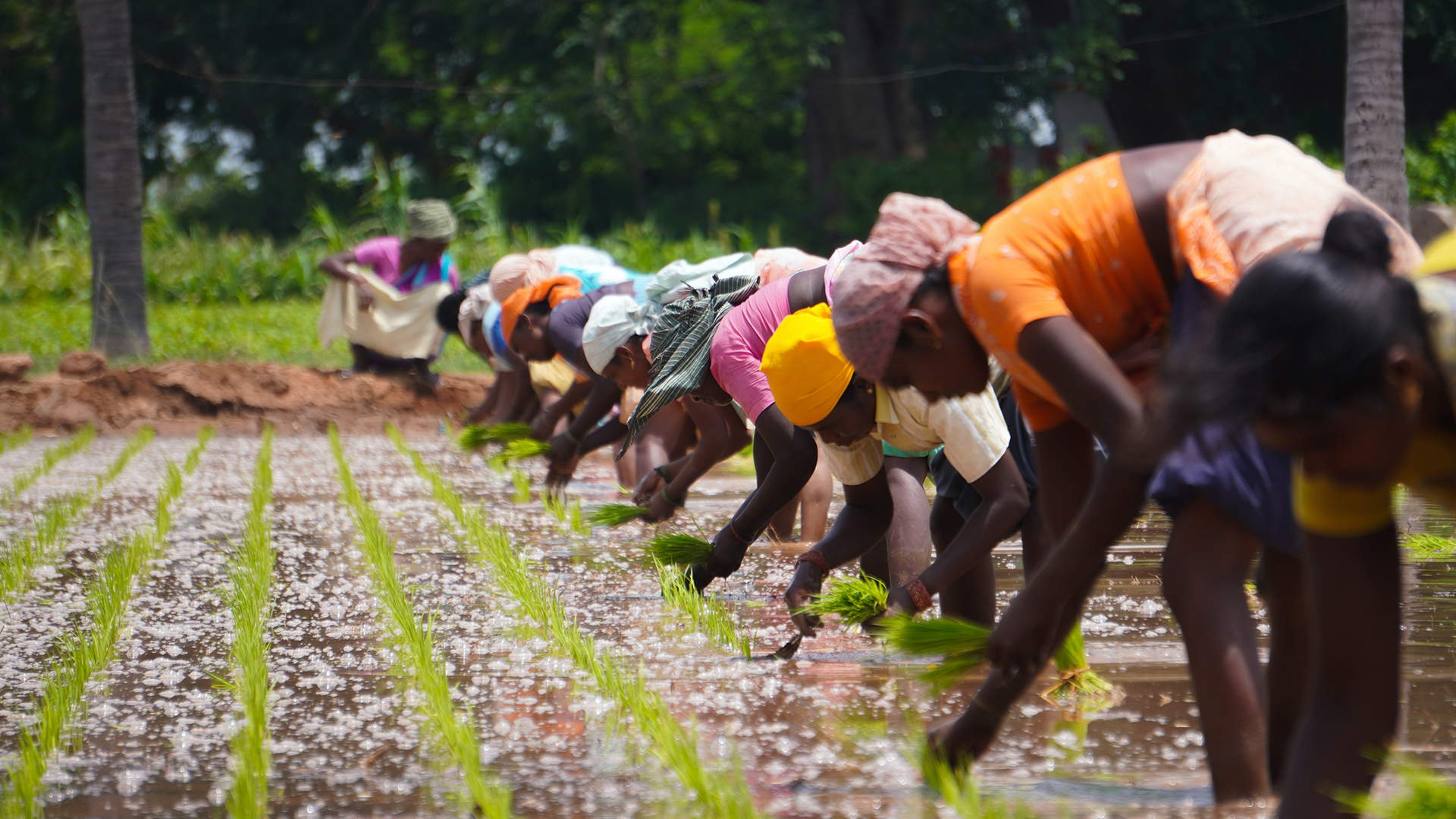Food represents a pivotal factor in the pursuit of a sustainable planet. However, its pricing is profoundly vulnerable to disruptions associated with climate change, including floods, droughts, and wildfires. Severe conditions, have had major repercussions on the agricultural sector, primarily due to escalating production costs. Climate shocks and soaring production expenses result in inadequate and inconsistent food supply, resulting in an economic imbalance characterized by heightened demand and elevated food prices. These unprecedented imbalances necessitate a global response, as the world’s food security stands jeopardized by the increasing occurrence of extreme weather events.
According to the Food and Agriculture Organization (FAO), the increasing demands of a growing global population exert tremendous pressure on agricultural production, indicating a projected 60% increase in demand by 2050. The prevalence of extreme weather conditions poses obstacles to achieve Sustainable Development Goals one and two to end poverty and to achieve zero hunger.
How extreme weather events are impacting global food production
In the United States, the price of eggs has surged by 60% due to heatwaves and climate-induced droughts, leading to elevated production costs for chicken feed. Studies demonstrate that the escalating food prices perpetuate poverty and contribute to severe hunger. The intricate relationship between extreme weather events and food prices emphasizes the pressing urgency of addressing climate change.
Moreover, extreme weather events are exerting a substantial influence on meat prices. The intensifying heat is placing considerable stress on animals, leading to a rise in heat-related ailments. As reported by the U.S. Department of Agriculture, a staggering 60% of the nation’s livestock are grappling with the effects of drought, including herds of Angus cattle that graze in south-central Utah. Consequently, these abnormal heatwaves are disrupting global livestock production, thereby fueling the surge in beef prices, which is widely believed to exacerbate price inflation.
Furthermore, food price inflation often stems from disasters that specifically impact regions responsible for the production of particular crops. European Union climate scientists contend that the rise in global heat waves will result in increased wheat production in northern European areas while causing reductions of more than 15% in African countries. Consequently, owing to these shifts in global wheat production, its price is projected to increase by 1.8%. In this context, not only will the price of wheat as an agricultural commodity be affected, but also closely related products, commonly referred to as wheat-based products, such as bread and pasta. The situation is further compounded by external factors like the Russia-Ukraine conflict, which has elevated global food prices.
A recent study conducted by the World Economic Forum (WEF) highlights that crops such as rice, soybeans, and olive oil are particularly vulnerable to the adverse impacts of extreme climate events.
Global rice production has recently suffered the most significant blow in its history. Italy, which accounts for 50% of the European Union’s rice production, has issued warnings of declining yields as the country experiences drought for the second consecutive year. In Asia, rice and sugar prices have surged to their highest levels due to insufficient rainfall in Thailand and crop damage caused by heavy monsoon rains in India.
The Midwest and the West Coast of the United States have grappled with severe droughts, drastically affecting soybean production. According to the WEF, Argentina’s soybean yields for 2023 are projected to be 44% lower on average than those of the previous five years, prompting the country to declare a state of emergency in various regions.
In many regions of the Mediterranean, temperatures have risen by as much as 2.5°C, causing damage to olive trees during their critical growing season due to reduced soil moisture. Consequently, the prices of olive oil have surged significantly as stockpiles from previous seasons have dwindled, and these conditions are expected to worsen before the next harvest.
What can be done to mitigate these effects?
Given these alarming trends, organizations and governments must collaborate and develop strategies to mitigate the adverse effects of climate on food prices. These strategies may include diversifying farm systems, improving water management practices, and investing in research to develop drought-resistant crop varieties. Adoption of agroecological practices and diversified crop cultivation among farmers can reduce vulnerability and enhance resilience along the entire supply chain. This transformation can be facilitated through subsidies, forging partnerships with agricultural extension services, and implementing educational programs. By embracing these strategies, farmers can contribute to more resilient food systems.
Agricultural communities and farms play a significant role in global water consumption. Therefore, it is crucial for governments and affiliated organizations, such as the International Fund for Agricultural Development (IFAD), to invest in educating rural communities about water-efficient technologies, conservation practices, and modern irrigation techniques. Inefficient water usage can result in increased costs and reduced yields, making it imperative to promote responsible water management. Encouraging accountable water usage through incentives and regulations can help mitigate the impact of water scarcity on food production while fostering sustainability. Collaborative regional efforts to effectively manage water resources should be at the forefront of initiatives to reduce the vulnerability of food prices to the ongoing challenges posed by climate change.
Finally, given the unpredictability and severity of extreme weather events, drought-resistant crop development is paramount. International organizations and governments should take the lead in allocating resources to support farmers and research institutions dedicated to the cultivation and breeding of resilient crops. This investment would result in diverse crop varieties, which, in turn, would help stabilize and maintain consistent food production, effectively curbing inflationary pressures on food products.
Additionally, implementing policies geared towards promoting food security includes creating food reserves to manage imbalances in supply and demand, as well as regulating market speculation to prevent price volatility. Therefore, such policies on an international scale would facilitate the allocation of resources, essential practices, and the exchange of crucial information, all of which are essential in addressing price shifts related to the impacts of climate change.
The relationship between agricultural production, weather events, and food prices hinges on the actions taken by the parties involved. Consequently, adapting to the evolving climate conditions, ensuring price stability in food markets, enhancing food security, and building an adaptive and resilient agricultural system remains crucial.
Establishing such a stable system necessitates a global collective effort, which involves investing in research focused on developing resilient crop varieties, diversifying agricultural systems, and efficiently implementing policies. Collective action assumes a central role in navigating the challenges posed by a growing global population and the increasing unpredictability of weather events.



